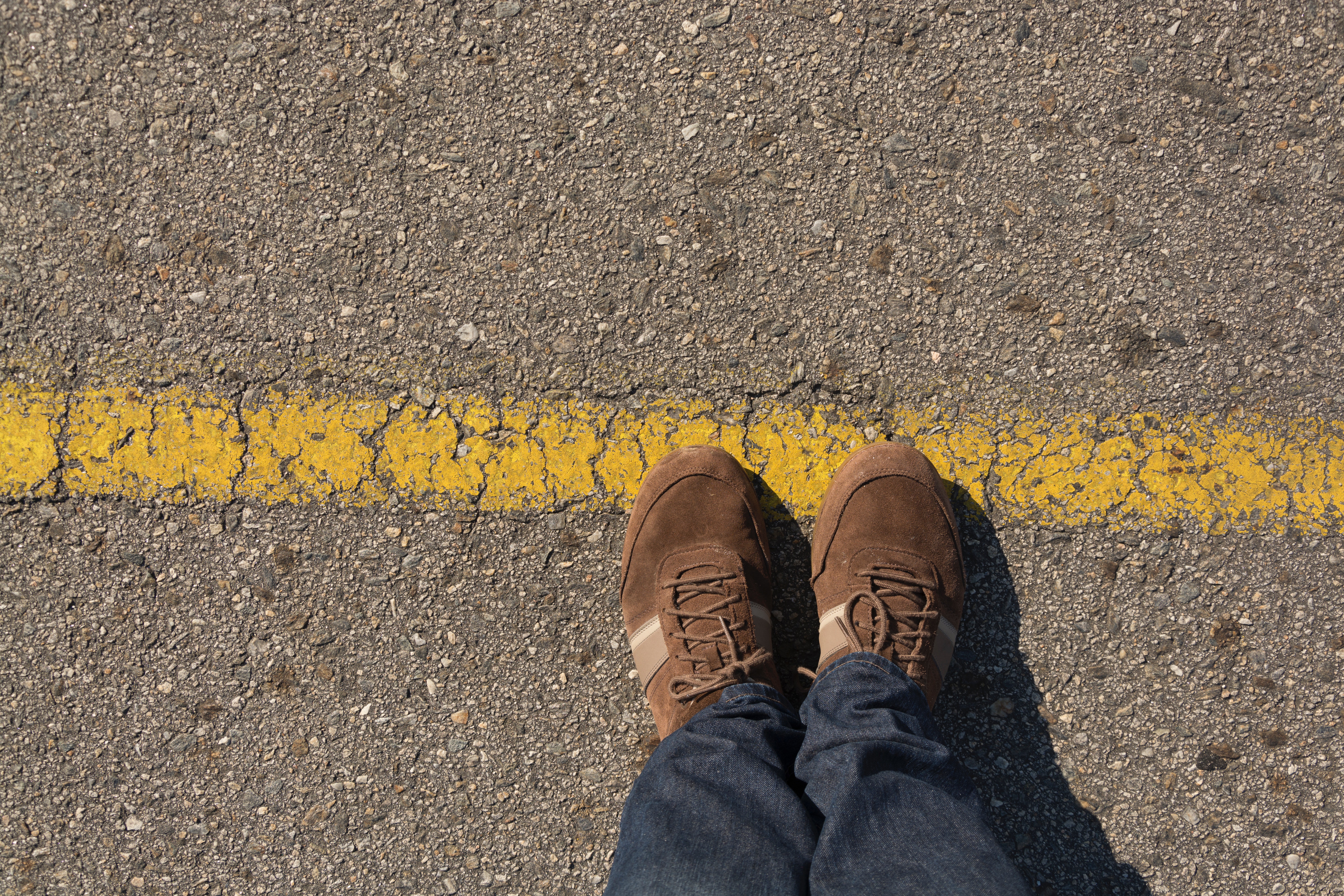When I was young and growing up in the Conservative movement, most American Jews who had an involvement in synagogue life knew some Hebrew. Hebrew school was focused on Hebrew language and prayer. We didn’t engage in social activism and we didn’t learn much about Jewish values. Our experiences were rote Hebrew memorization, learning about the Holocaust – and repeat.
Tons of Jewish kids went to Jewish summer camps, again where Hebrew was embedded in most aspects of our day to day activities. And many of us in the Conservative and Reform movements went on high school trips to Israel and/or spent a year of college studying in Israel.
As adults, most large metropolitan areas had Jewish studies colleges (this was before Jewish studies entered the public universities as a department within or connected to religious studies).
Then the centrality of Jewish community within synagogues began to falter, religious schools replaced Hebrew schools, local Jewish colleges were swallowed up by larger universities and colleges, and Israel got complicated.
In addition to these dynamics within white American Ashkenazi (=mainly eastern European descent) communities, Jews of Color have been entering the public arena and reminding everyone that Jewish communities have always been beautifully diverse and complex – and that a one size fits all Judaism is simply not real.
Finally, as American Jewish communities, for the most part, have stopped slamming doors on interfaith families, we are witnessing a new immigration wave of Jews by choice joining the American Jewish landscape.
So, where does Hebrew fit into this? Well, the old models of drilling Hebrew into young Jewish minds in synagogue Hebrew schools or sending kids off to Israel only works for a minority of Jews today. We need to enter into a new head space!
Hebrew language learning needs to serve both young people and adults.
